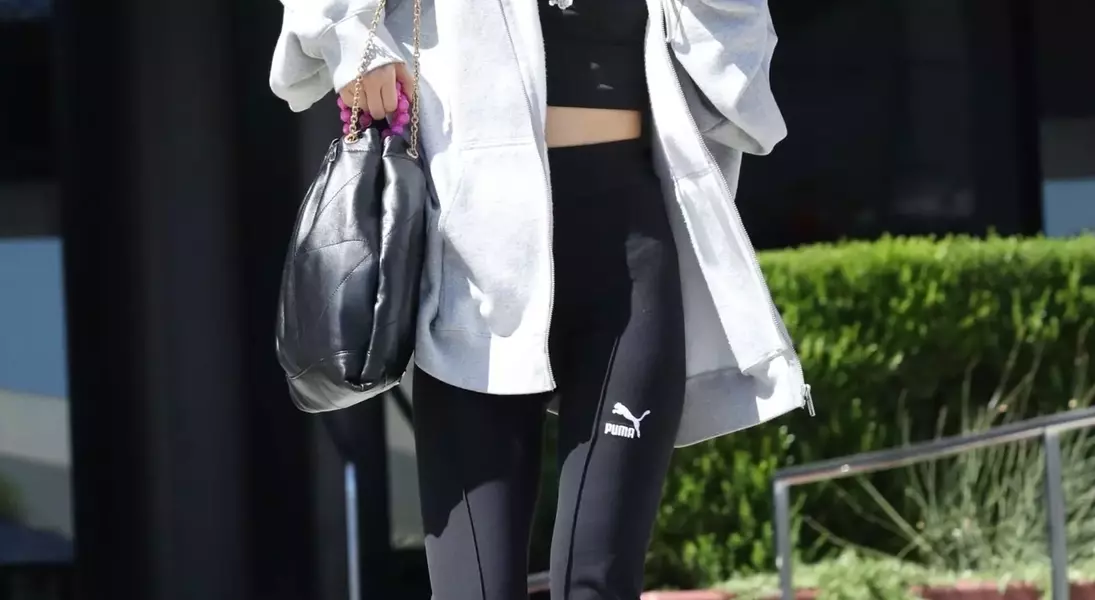
The prevalence of Colorado-branded baseball caps across various Chinese cities has emerged as an intriguing cultural phenomenon. What began as a seemingly random fashion choice, with many wearers unaware of Colorado's geographical or cultural significance, has evolved into a widespread trend. This unexpected popularity underscores how globalized fashion often detaches symbols from their original context, creating new meanings and desirability. The story behind these ubiquitous hats reveals a fascinating interplay of marketing efforts, celebrity influence, and local aesthetic preferences, transforming a simple piece of apparel into a subject of curiosity and a testament to the dynamic nature of cross-cultural trends.
The Enigmatic Rise of the Colorado Cap
Across major Chinese urban centers like Chongqing and Xi'an, a distinctive baseball cap bearing the word "Colorado" in collegiate lettering has become an inescapable sight. These caps, often in muted tones, stand out not for their vibrant design or explicit branding, but for their sheer ubiquity. Observers, particularly those familiar with the American state of Colorado, have expressed bewilderment at their widespread adoption. Many Chinese wearers, when questioned, simply view them as a fashionable, generic accessory, often detached from any specific association with the US state. This phenomenon mirrors the global appeal of items like the New York Yankees cap, where the emblem's popularity transcends its original sporting context. For native Coloradans residing in China, the hats evoke a mix of pride and disorientation, as they grapple with the realization that a symbol of their home has taken on a life of its own in a distant land, often without its original meaning.
The initial proliferation of these caps can be partly traced back to a concerted marketing push by the Colorado Tourism Office, which, starting in 2016, invested in promoting the state to Chinese travelers. This included sponsoring Chinese travel influencers to visit Colorado and managing social media campaigns to boost awareness of its natural beauty, especially places like Aspen. While these efforts did lead to an increase in Chinese visitors, the direct link between the tourism campaign and the hat's popularity remains indirect. The deeper roots of the trend also involve fashion retailers like Brandy Melville, which, upon entering the Chinese market in 2019, featured a "Colorado" baseball hat in its collection. The simple design of this hat, along with other garments bearing generic English place names, was widely replicated by Chinese manufacturers. However, the true catalyst for the hat's explosive popularity came from a different source entirely, showcasing the unpredictable nature of viral trends in the digital age.
Celebrity Endorsement and Aesthetic Appeal
The turning point for the Colorado hat's meteoric rise in China came with the endorsement of prominent celebrities, particularly K-pop sensation Ros\u00e9 of Blackpink. Paparazzi and media outlets frequently captured her wearing the hat on multiple occasions, generating immense buzz among her vast Chinese fanbase. This highly visible celebrity association rapidly transformed the cap from a casual item into a coveted fashion statement, inspiring a wave of imitation. The trend was further cemented when other Chinese celebrities, such as actress Dilraba Dilmurat, also began sporting the hats, reinforcing their perception as a fashionable and aspirational accessory. This celebrity-driven propagation highlights the powerful influence of public figures in shaping consumer trends, particularly in markets with strong fan cultures. The ability of a single individual to ignite a mass fashion movement underscores the unpredictable yet impactful dynamics of contemporary trend cycles.
Beyond celebrity influence, the Colorado hat's design itself has resonated deeply with Chinese consumers, albeit for reasons often unrelated to its American origins. Online discussions across Chinese social media platforms, like RedNote, reveal a fascinating array of specific aesthetic preferences that contribute to the hat's appeal. Many users observed that the extended length of the word "Colorado" on the cap creates a visual effect that makes the wearer's head appear smaller, a highly desirable trait in current Chinese fashion aesthetics, differentiating it favorably from shorter-worded alternatives like "NYC" caps. Moreover, the symmetrical arrangement of the letters, particularly the pleasing curve of the 'C' and 'D' complementing the roundness of the three 'O's, was cited as an elegant design feature. For some native Chinese speakers, the inclusion of the word "color" within "Colorado" added another layer of positive association, transcending linguistic barriers. This combination of celebrity endorsement and subtle, yet highly appreciated, design elements demonstrates how fashion trends can be shaped by a complex interplay of external influence and intrinsic aesthetic value, giving rise to phenomena that are both culturally unique and universally understood.
